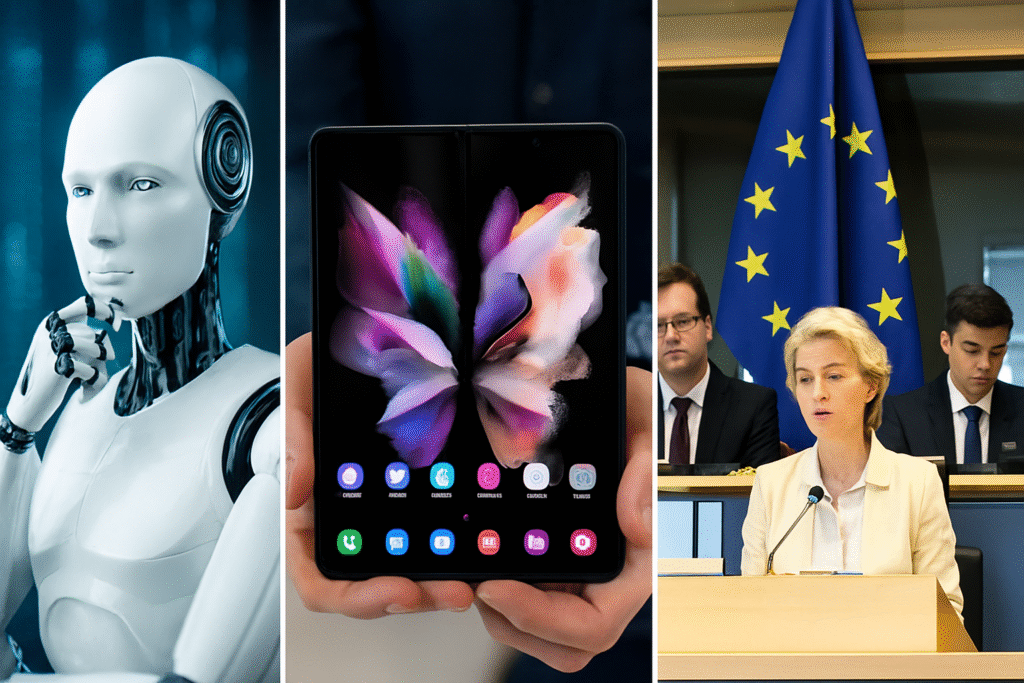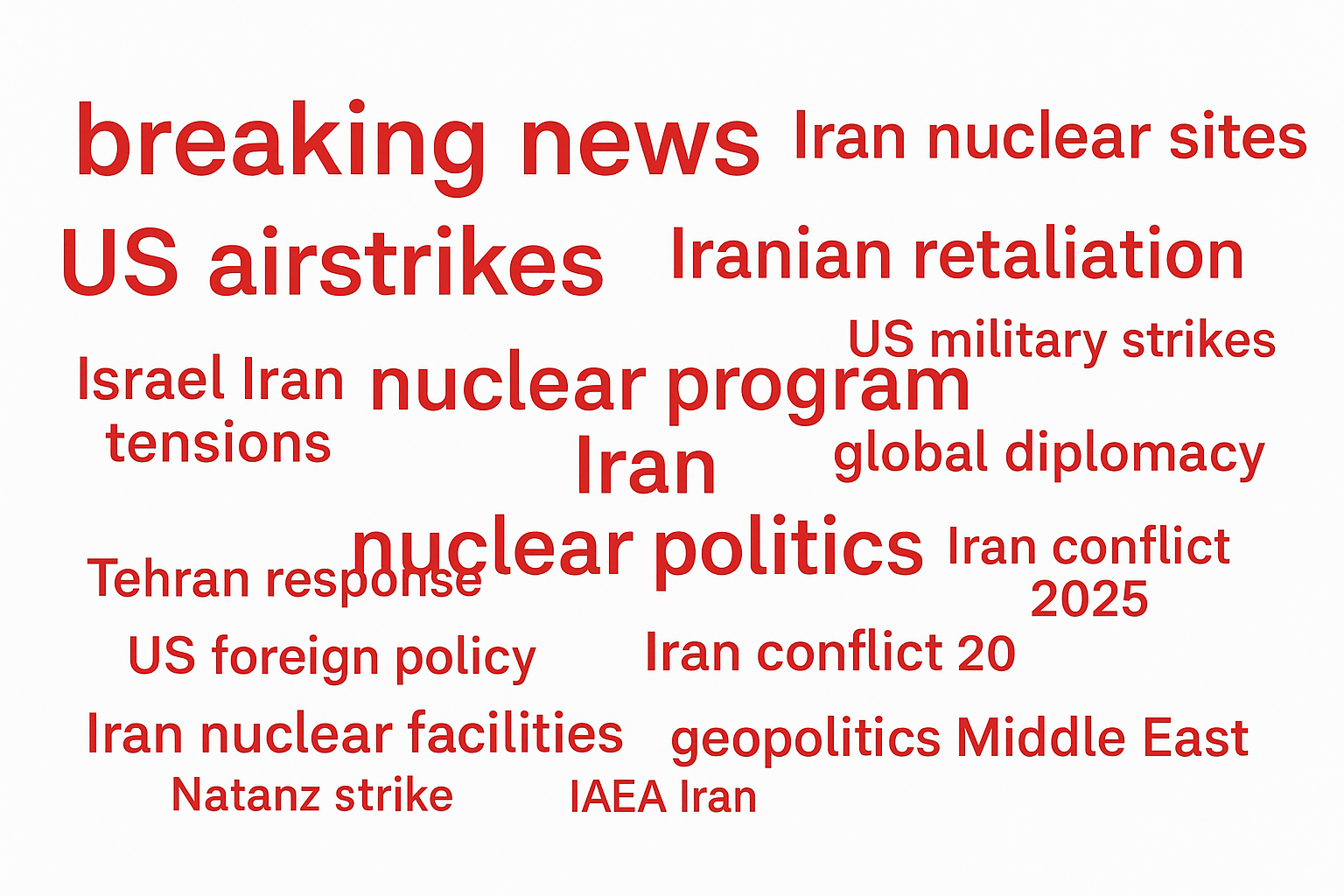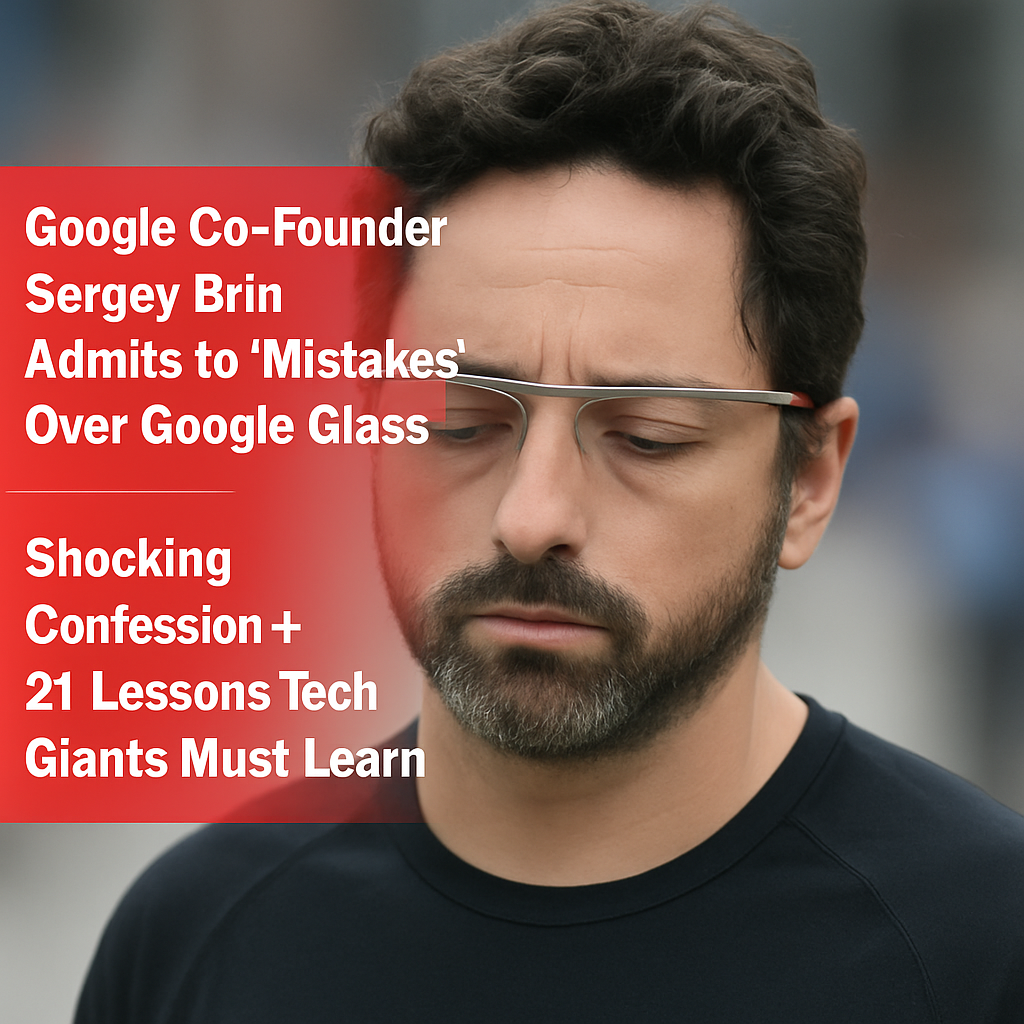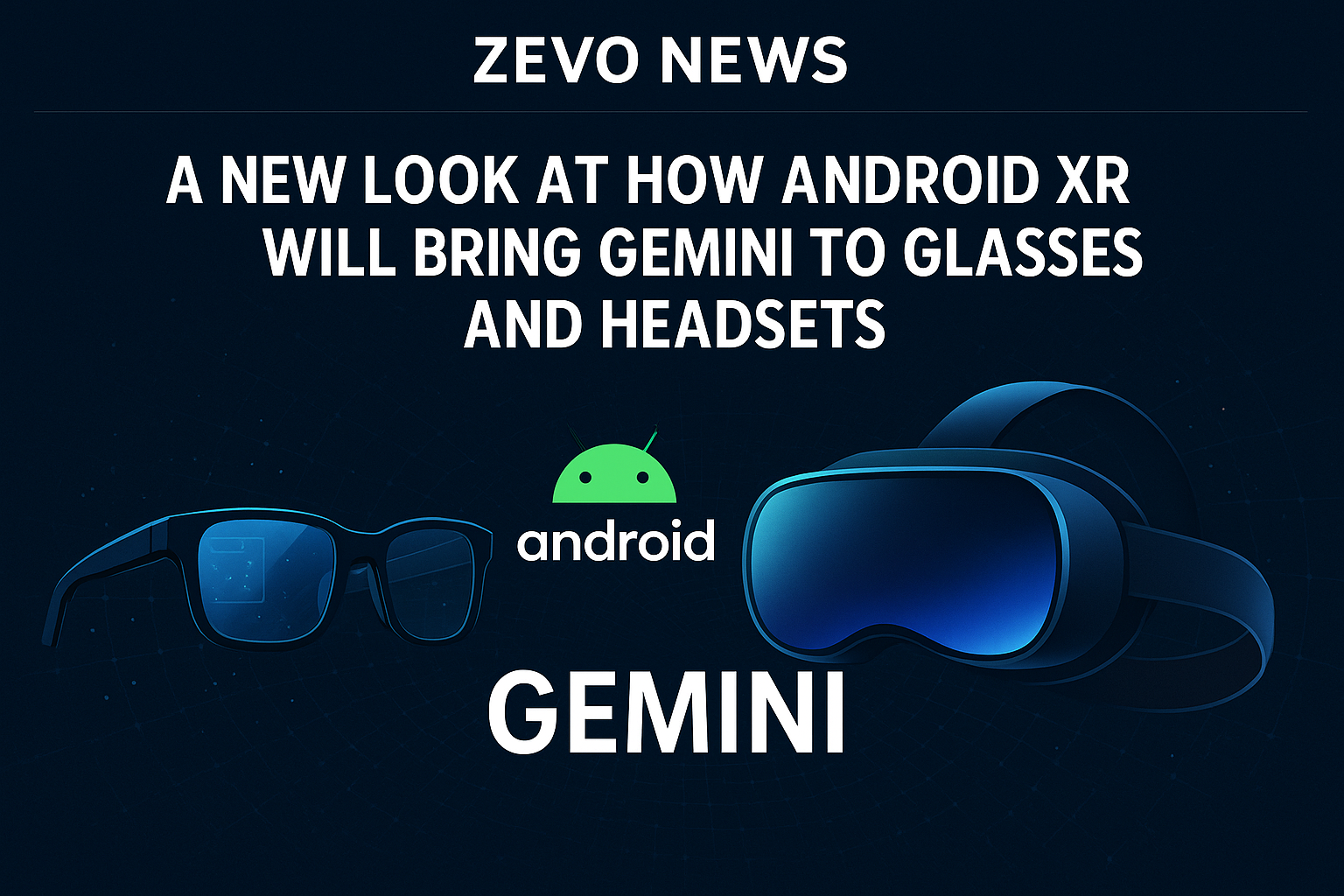Google Co-Founder Sergey Brin Takes Responsibility for ‘Mistakes’ Over Google Glass: Jaw-Dropping Confession + 21 Lessons Technology Giants Must Learn
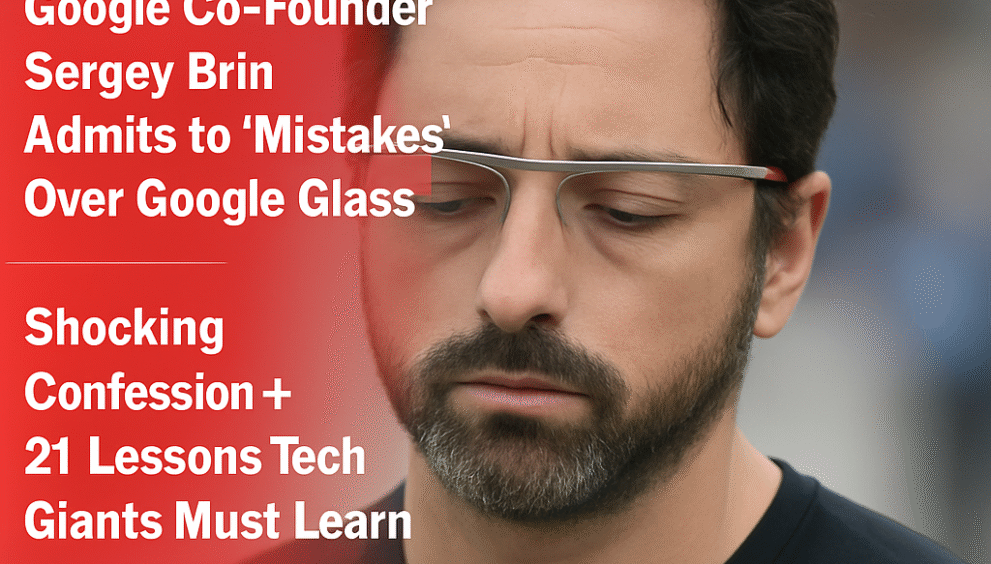
In a rare and historic moment of genuine self-reflection, Sergey Brin, co-founder of Silicon Valley technology giant Google, candidly acknowledged in a recent interview that Google Glass, the company’s initial foray into the field of augmented reality technology, was, in his opinion, “a mistake in its execution.” This remarkable and surprising admission of fact is a turning point and a watershed moment in the larger Silicon Valley culture of innovation, in which the fascination with technology that would change the game veered into actual public alarm and suspicion of its potential consequences.
Google Glass, which was introduced in 2013, had arrived with a vision that was claimed to revolutionize the manner in which we interact and engage with technology on a day-to-day basis. By the year 2015, however, it had already become well-documented and well-established in different circles as a massive failure in the consumer market. Today, well over a decade after it was introduced, Brin’s honest admission of this fact leads us to ask a critical and reflective question: What are the worthwhile lessons that the tech industry can learn from this very ambitious but ultimately failed experiment?
1. The Rise and Dominance of Google Glass in the Technological Scene
Google Glass was launched as a revolutionary and innovative wearable technology that was to embed augmented reality in everyday activities and tasks in a symbiotic manner. This new device had a number of essential features:
- A stunningly crafted light frame that includes a display integrated into its construction.
- Voice commands that can be used via the Google Now platform
- A front-facing camera capable of photo capture and video recording
Glass was located at Google X, the company’s research lab where it produced other moonshots such as Waymo and Project Loon.
2. Sergey Brin Embodies a Visionary and Risk-Taking Approach to the Future of Augmented Reality
Brin shared a very real vision of this future in which the digital world would augment and enrich what people saw of the world around them in a huge way. He seized the moment in 2012 to unveil this revolutionary device at the Google I/O conference, revealing its potential in a thrilling live skydiving demo—an impressive and gutsy presentation of the huge potential technology offers.
His vision is for an innovative, hands-free assistant that is always working and ready, one that can fit seamlessly into the fabric of daily life.
3. The Innovative Technology That Powers Google Glass
Google Glass was intended to include an extensive list of novel and cutting-edge features in its small and miniaturized framework:
- Prism display projecting a 640×360 screen into your peripheral vision.
- Built-in Wi-Fi features and Bluetooth technology.
- Android-operating system
- Speech recognition features
Although it was loaded with high-end and state-of-the-art hardware, Glass was plagued by terrible performance, along with overheating.
4. The Reasons That Google Glass Failed: A Study of Public Response
Google Glass faced different types of challenges and obstacles for multiple different reasons:
- Privacy issues: Individuals who care about being secretly recorded
- Social exclusion: “Glassholes” were a meme
- Unreasonable price: At $1,500, it was far too expensive for the average consumer.
- Limited purposes: The developers were unable to find useful purposes
- These problems resulted in a sudden reduction in the consumers’ demand.
5. Brin’s Stunning Admission: “We Got it Wrong”
In a 2025 interview, Brin said:
“We did not fully anticipate the different social consequences that would ensue from this. We seriously underestimated the intensity of people’s feelings about the fact that they were being monitored.”
His occasional admission is a poignant reminder that even the most visionary and enlightened leaders, who are normally seen as paragons, occasionally err or fail to meet their desired goals.
6. Privacy Issues: The Rise of the Glasshole Phenomenon
The public outcry was extremely ferocious and intense. In many places like bars, airports, and schools, people who wore Google Glass were flatly prohibited from going in or engaging. The pejorative “Glasshole” term was coined and soon became synonymous with a feeling of arrogance typically found among technology buffs.
People felt a sense of deep intrusion, and Google provided no articulation of clear, consistent rationale which would assist in alleviating their fears and comforting them.
7. Valuable Insights Gained from the Google Glass Failure
Some of the key things to keep in mind and ponder are the following:
- User trust is everything.
- Technology must be for a cause, and not a cause in itself.
- Early adopters must be empowered, not ridiculed.
8. How Google Pivoted After the Glass Crash
Rather than putting Glass on the shelf entirely, Google repurposed Glass for business use in 2017. Markets such as:
- Manufacturing
- Healthcare
- Logistics
… began using it in providing hands-free directions in addition to enabling real-time communication among people.
9. The Second Life of Google Glass in Enterprise
Glass Enterprise Edition was moderately successful in the business and industrial sector. It proved helpful in augmenting the working capacity and efficiency of different professionals such as surgeons, factory workers, and technicians.
- Minimize errors
- Have access to real-time data
- Train online
This change told us unequivocally that the problem was not with the technology itself, but the market fit of the product.
10. Impact on the Wearable Technology Sector
Although Google Glass failed to draw in customers, it paved the way for:
- Snap Spectacles
- Meta’s AR glasses
- Apple Vision Pro
Each learned from Google’s public stumble.
11. The Future of Augmented Reality in 2025: What Happened?
Today’s AR market is better equipped:
- Better hardware: Faster chips, better battery life
- Stronger use cases: Education, gaming, remote work
- More social acceptance
- The industry has matured—albeit at a price.
12. Consumer Expectations: Then and Now Compared
In 2013, users weren’t yet ready for always-on cameras or public voice assistants. Nowadays, with smartwatches, earbuds, and smartphones, we’re more at ease with ambient tech.
14. A Deep Dive into the Psychology of Technology Hype Cycles
Google Glass depicts the Gartner Hype Cycle:
- Innovation Catalyst
- The pinnacle of inflated expectations.
- Trough of Disillusionment
- Slope of Enlightenment
- Plateau of Productivity
It had reached Step 2 in record time, and then crashed just as suddenly and quickly.
15. The Valuable Lessons That Brin’s Mistake Has to Offer Other Founders in the Industry
A. Openness and the Public Communication Role
Brin admits they did not articulate well to the public. Tech needs storytellers, not just engineers.
B. The Market Readiness and Timing
Launching too early can sink even the most promising ideas. Read the room. Gauge the market.
16. Existing Augmented Reality Projects and Initiatives by Google
Google has not retreated. Current efforts include:
- Project Iris: The future AR headset
- ARCore SDK: A complete range of tools specially made for developers.
Integration within the Android environment
17. Can We Ever Hope to See the Release of a Google Glass 2.0?
It is absolutely true that by offering a better design, better communication strategies, and a clear value proposition, a better version of the product could thrive and be a huge hit in the marketplace.
Brin himself indirectly implied or suggested:
We’ve learned. And we’re not done.
18. Insights from Professionals: Responses from the Industry
Technology writer Kara Swisher noted and said:
“Google Glass was indeed a groundbreaking innovation that anticipated future technological advancements, yet it ultimately proved to be insufficiently developed and prepared to make a successful mainstream debut.”
Others hold the opinion that it was actually a failure that was necessary to trigger and bring about evolution in the business.
19. Public Trust and the Future of AR
In the future, AR will be made or broken by public trust. The three most crucial pillars are transparency, opt-in, and user control.
20. Sergey Brin’s Lasting Legacy and His Path to Redemption
Aside from the Glass setback, Brin’s contribution is still enormous. His humility in failure only makes him more endearing.
He is currently engaged in AI ethics and sustainability, exhibiting personal development.
21. Conclusion: Can Tech Giants Learn Useful Lessons from Their Past Errors?
Google Glass failed, but lessons learned from it never run out. It is essential that innovators should:
- Listen to users
- Respect privacy
- Prioritize ethics
Brin’s emotional revelation goes beyond discussing a single machine; it is about the profound feeling of responsibility and ethics that accompany being tasked with the heavy burden of creating and shaping the future.
FAQs
1. What is Google Glass?
Google Glass was a revolutionary AR headset released by Google in 2013 with a head-mounted display and voice commands.
2. Why did Google Glass fail?
It failed because of privacy issues, too high of a price, social reaction, and inadequate functionality.
3. Is Google Glass utilized today on the planet?
Indeed, in business settings like in the healthcare industry and manufacturing sector, this is achievable with the assistance of the Glass Enterprise Edition.
4. What did Sergey Brin admit and acknowledge publicly?
Brin did admit that the company had taken the public reaction and the social subtleties of wearing smart glasses very seriously.
5. Will Google bring back Glass just for consumers only?
There are as yet no officially announced plans to do so, though it is worth noting that augmented reality is a high-priority and high-priority area of research for Google.
6. What are some of the different options today?
Among the numerous alternatives available in the market, some of the prominent alternatives are the Apple Vision Pro, Snap Spectacles, and Meta Quest headsets.
Conclusion
While Google Glass did not enjoy the levels of success that its founders had initially hoped for, its impact on the world of technology has been felt by leaving a lasting legacy and changing our way of thinking about innovation on all levels of business. Sergey Brin’s recognition is a testament to the fact that failure is far too often the first step in making great and worthwhile strides along whatever path one is traveling. Whether or not we ever hear about a Glass 2.0 being developed, the market has already gained a wealth of valuable knowledge that will serve as a guiding light for what is yet to come.

 English
English 